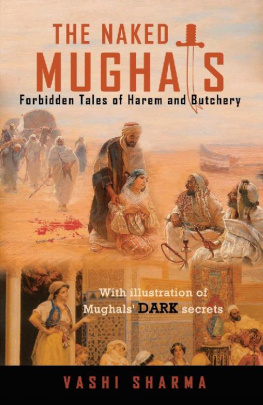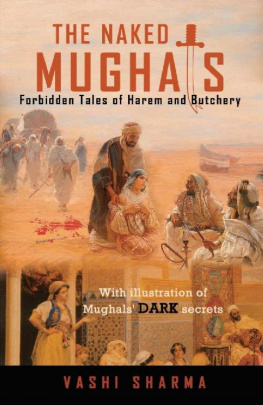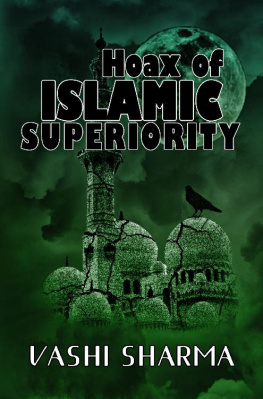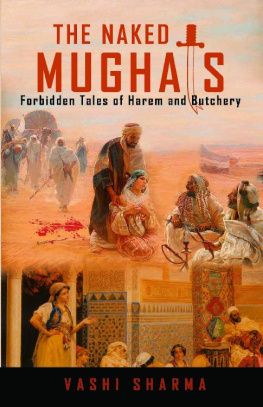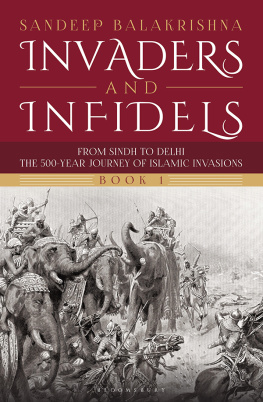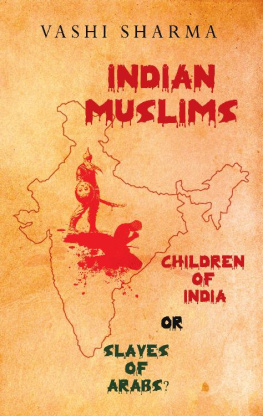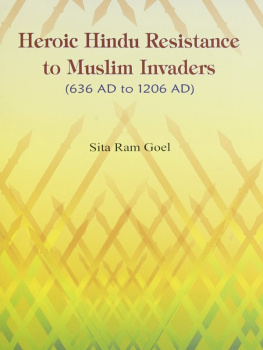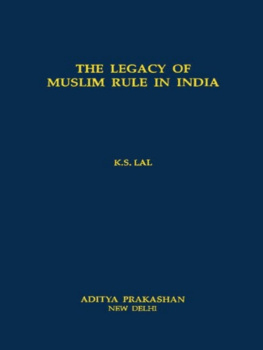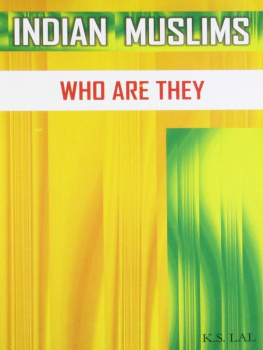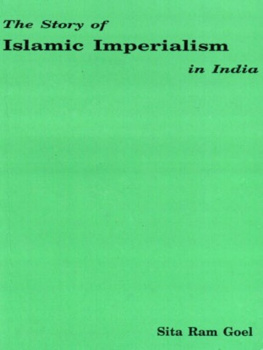
Stories from buried history
Padmavati
Copyright 2017 by Agniveer
All rights reserved. This publication may not be reproduced, stored in a retrieval system, or transmitted in whole or in part, in any form or by any means, electronic, mechanical, photocopying, recording, or otherwise, without the prior written permission of Agniveer.
For information contact
books@agniveer.com
First Edition: November 2017

Stories from buried history
Sanjeev Newar
Vashi Sharma
OTHER BOOKS BY AGNIVEER
THE SCIENCE OF BLISSFUL LIVING
ESSENCE OF VEDAS
QUESTIONS ONLY HINDUISM CAN ANSWER
DIVINE VEDAS
A HINDUS FIGHT FOR MOTHER COW
ATTACKS ON HINDUISM AND ITS DEFENCE FOREVER
BEYOND FLESH THERE LIES A HUMAN BEING
DALITS OF HINDUISM
PRACTICAL GUIDE TO MOKSHA
EVERY MUSLIM IS NOT A TERRORIST
INDIAN MUSLIMS - Children of India or Slaves of Arabs?
THE NAKED MUGHALS
AGNISANKALP
This book is dedicated to Maharani Padmavati - the epitome of supreme sacrifice.
Preface
This is an anthology of true episodes from medieval India. Some episodes are so golden that we are blinded by glitter elsewhere to see them. Some are so popular that familiarity breeds contempt. And some are so unknown that we continue to enjoy the dream-narrative of the golden era since history was introduced to us through primary school and cinema.
When it comes to medieval India, cinema has had a far greater impact than any historical research on the history we believe in. Cinema is followed by serials, novels, stories, and poems in shaping our historical understanding.
Pyar Kiya to Darna Kya was a milestone accomplishment of Indian cinema synergising the best of Madhubalas Mujra, Latas melody, Prithviraj Kapoors histrionics, and Asif Sahabs direction. It has taught us who Akbar was. Rafis haunting Jo wada kiya wo nibhana padega taught us the romantic era of Shah Jahan. Dilip Kumar taught us who Saleem Jahangir was. Aishwarya Rai taught us the immortal love story of Jodha-Akbar. And then we have tales of Akbar Birbal, Malik Muhammads Padmavat, and an enormous number of sleazy novels available on every railway station to keep us entertained and historically aware.
We need not waste time digging through annals of actual historical records. We need not assemble all available stories together to find which ones fit the jigsaw puzzle of medieval history and which ones are meant to fit in something else.
These creative geniuses that shape our beliefs about history have motivated us to present stories that raise the hair on arms. Stories that bring warm wetness to eyes. Stories that make fists tight in resolve. Stories that make us speechless. Stories that speak their eras. Stories that speak volumes about real medieval India without speaking a word. Stories that release those dormant hormones that have gone into hibernation in last 70 years of feel-good and political correctness. Stories that make us open the chapters that were victims of our selective blindness. Stories that force us to connect the obvious dots. Stories that are true. Stories that are buried in history. Stories that challenge the popularized narrative of medieval India. Stories that make us question the genuineness of heroes presented to us. Stories that bring out the real heroes instead. Stories of the freedom movement that started from the time first invader attacked India. Stories of the tradition of sacrifice and patriotism of which Maharani Padmavati was an epitome. Stories that tighten fists in resolve.
We have taken the artistic freedom to provide a cinematic experience and teleport readers to the scene of action. The stories are short because certain emotions with low commercial value have a short half-span. We must enhance their value before we lose your attention. Probably some director may find value in making them into visual cinema some day. Till then, read and enjoy the tales no one told you. Do share what goes inside you after reading.
Sanjeev Newar Vashi Sharma
Disclaimer
This is a work of historic fiction. We have taken adequate artistic freedom in depicting the events and incidents to present the big-picture narrative of medieval history in an entertaining manner. Mention of a character, religion, or community in this book does not imply our opinion on them. We have greatest respect for humanist traditions and people in all religions and communities.
In this book, by Islam, we mean the interpretation of Islam suggested by radical Islamists and their followers who deny equal rights and heaven to non-Muslims and justify the killing of apostates. By Quran, we imply the translations of Quran as patronized by these fanatics. There are alternate interpretations of Islam and Quran by humanist scholars, who are considered apostates by these fanatics and they are victimized. We respect these humanists and their faith. Nothing in the book must be considered to refer to them. All our criticisms are exclusively for radical elements, and none else.
For purpose of illustrations, images from public domain have been used. We claim no ownership or authenticity of images. Some of these images maybe explicit, graphic, and unsuitable for some readers. The content may also contain strong language. Reader discretion is strongly advised.
Contents
The Queen of death
They will not tell you this story in your history class. They will never mention this brave woman when they mention Great Women of India. Yet, she deserves to be the icon of every woman empowerment campaign. She must be the first chapter of every book of great Indians. She is the Queen Naikidevi of Gujarat.
Date: Sometime in 1178 AD
Place: Somewhere near Mount Abu
Flashback
Muhammad Ghori is known as the invader who defeated Prithviraj Chauhan and established the rule of Jihad in India in 1192. What most people dont know is that Muhammad Ghori had two uncontrollable addictions - sex and blood. His sex addiction had made him impotent, or he was born impotent, or Naikidevi's sword made him impotent - we dont know. But we know that he would spare no man, woman, or child. Later he made heirs out of his sex-slaves. All his battles would be succeeded by en masse rapes and butchering of old men and women. Young women and children would be made slaves.
India was a hot destination for Jihadis since the rule of first Caliph. This is because Hindus - being idol-worshippers - were termed the dirtiest creatures of the world as per their faith. These Jihadis have divine rights to do anything with Hindu women, children, and men to clean the world in Swachhta Mission.
Muhammad Ghori had just conquered Multan (Punjab, Pakistan). Now he wanted to move further into India through Gujarat. He had heard a lot about the beautiful Queen Naikidevi who ruled Gujarat on behalf of her new-born child Bhimdev Solanki and the massive wealth of the kingdom.
He could not resist the call of doom. He marched towards Gujarat capital of Anhilwara with his massive army.
Queen Naikidevi tried in vain to unite all rulers including Prithviraj Chauhan. But just like we see today, the Hindu rulers said: Why should I bother! Only the Rai of Narwhala helped her with a troop of elephants.
The Queen knew what was coming. She assembled whatever forces she had and marched ahead to intercept the army of rapist murderers as far away from the capital as possible. If they lose, at least the women would have time to either escape or die than be plundered by invaders.
Next page
